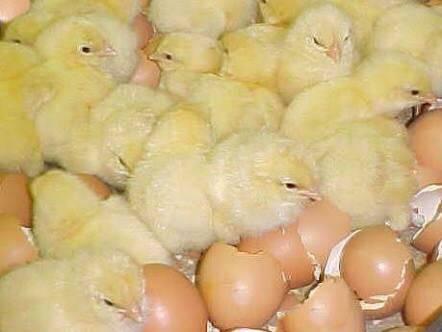The chicken incubation process typically involves the following steps:
- Egg collection: Fertile eggs are collected from healthy hens that have been properly fed and housed.
- Egg storage: Eggs are stored in a cool, dry place with a consistent temperature and humidity until they are ready to be incubated. The ideal storage temperature is between 50-60°F (10-15°C) and the humidity should be around 75%.
- Incubation: The eggs are placed in an incubator, which provides a controlled environment with the proper temperature, humidity, and ventilation for optimal embryo development. The temperature should be maintained at 99.5°F (37.5°C) with a relative humidity of 55-60% for the first 18 days.
- Candling: After 7-10 days of incubation, the eggs can be candled by shining a bright light through them to check for fertilization and embryo development.
- Egg turning: The eggs need to be turned several times a day to ensure even heat distribution and proper embryo development. This can be done manually or through an automatic turning mechanism.
- Hatching: After 18 days, the eggs are transferred to a hatcher with a higher humidity level of around 70%. The temperature is also slightly lowered to 98.5°F (36.9°C) for the final three days of incubation to encourage hatching. Chicks usually start to hatch on day 21, and the hatching process can take up to 48 hours.
- Brooding: Once the chicks have hatched, they are moved to a brooder where they are kept warm, dry, and well-fed until they are ready to be transferred to a grow-out facility or sold.
It is important to ensure proper temperature, humidity, ventilation, egg turning, and sanitation during the incubation process to maximize hatchability and produce healthy chicks.


